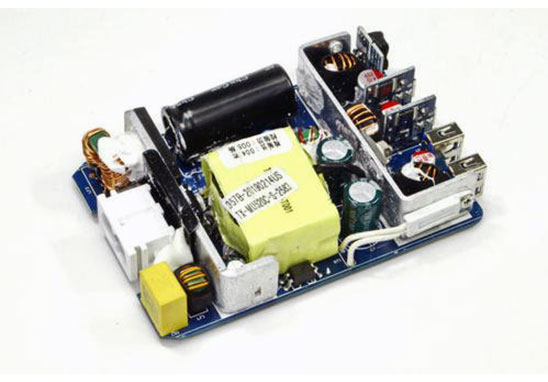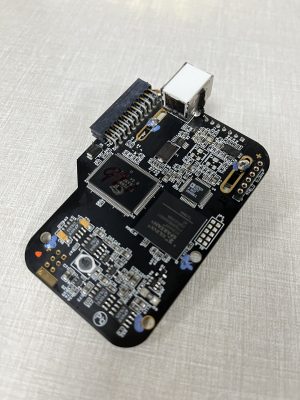After the SMT Assembly is completed, the packaging needs to be inspected to ensure that the PCBA products delivered to the customer are working properly and reliably. So what are the Precautions for packaging inspection after SMT Assembly?

1. The SMT factory assembles the finished product after SMT Assembly and delivers the boards. After the PCBA manufacturer passes the inspection, it should sort out the inspection and test data and materials, issue a certificate of conformity, and prepare the test coupon and packaging material for testing. Delivery shall include accepted printed board, certificate of conformity, necessary (or contractually specified) test data and attached breadboard (for multi-layer boards for Class 3 products, at least circuit continuity test data, plating Photo of the metallographic microsection of the hole).
2. Attaching the test board can add the appropriate test pattern to the outside of the border of the required printed board (near the outside of the edge) as part of the board (panel), processed at the same time as the required printed board, and finished by the final smt processing The shape is separated to represent the finished circuit board for some destructive tests such as withstand voltage, thermal stress, simulated rework, micro-sectioning, etc. The attached test board should generally be marked with the batch number; when the circuit board is assembled by SMT in the form of a puzzle, the attached test board should be marked with the printed board, so that the coupon can be traced back to the specific board. For Class 3 printed boards, there must be an attached test board. For Class 1 and 2 printed boards, whether to attach a test board should be determined by the user or stipulated in the contract.

3. Packaging, Storage and Shipping
(1) Packaging
SMT packaging is to ensure that qualified printed board products can withstand transportation and storage environments, and will not be damaged and degraded before use. Qualified PCB boards are cleaned, dried and dehumidified according to regulations, cooled to room temperature and packaged, then packed in polyethylene plastic bags or laminated plastic bags composed of polyethylene/polyamide and polyester/polyethylene, vacuum sealed and packaged , Neutral wrapping paper should be lined between the multi-packed multi-layer boards. Usually laminated plastic vacuum packaging. If the storage environment is harsh and the time is long, when the specified storage conditions are exceeded, the supplier and the buyer will agree to use a plastic-aluminum foil laminated bag made of aluminum foil and polyethylene or polyester film for vacuum packaging. When long-distance transportation is required, the packaged multi-layer boards should be put into the packing box, the outer box should be sealed, the inner box should be lined with moisture-proof paper, and put in a desiccant. Each batch of qualified products should be accompanied by a product qualification certificate. If it is packed in boxes (or other packaging forms), it should be accompanied by a certificate including product name, finished product model, specification, batch, quantity, production date, packaging date, production unit, etc. Packing List.
(2) During storage and transportation, it should be protected from moisture and prolonged exposure to the sun, and should be protected from contact with strong alkali, strong acid gas and mechanical damage. The PCB board should be stored in a clean container or box with a temperature of 10-35°C and a relative humidity of not more than 75%. The surrounding environment should not be acidic or alkaline.

